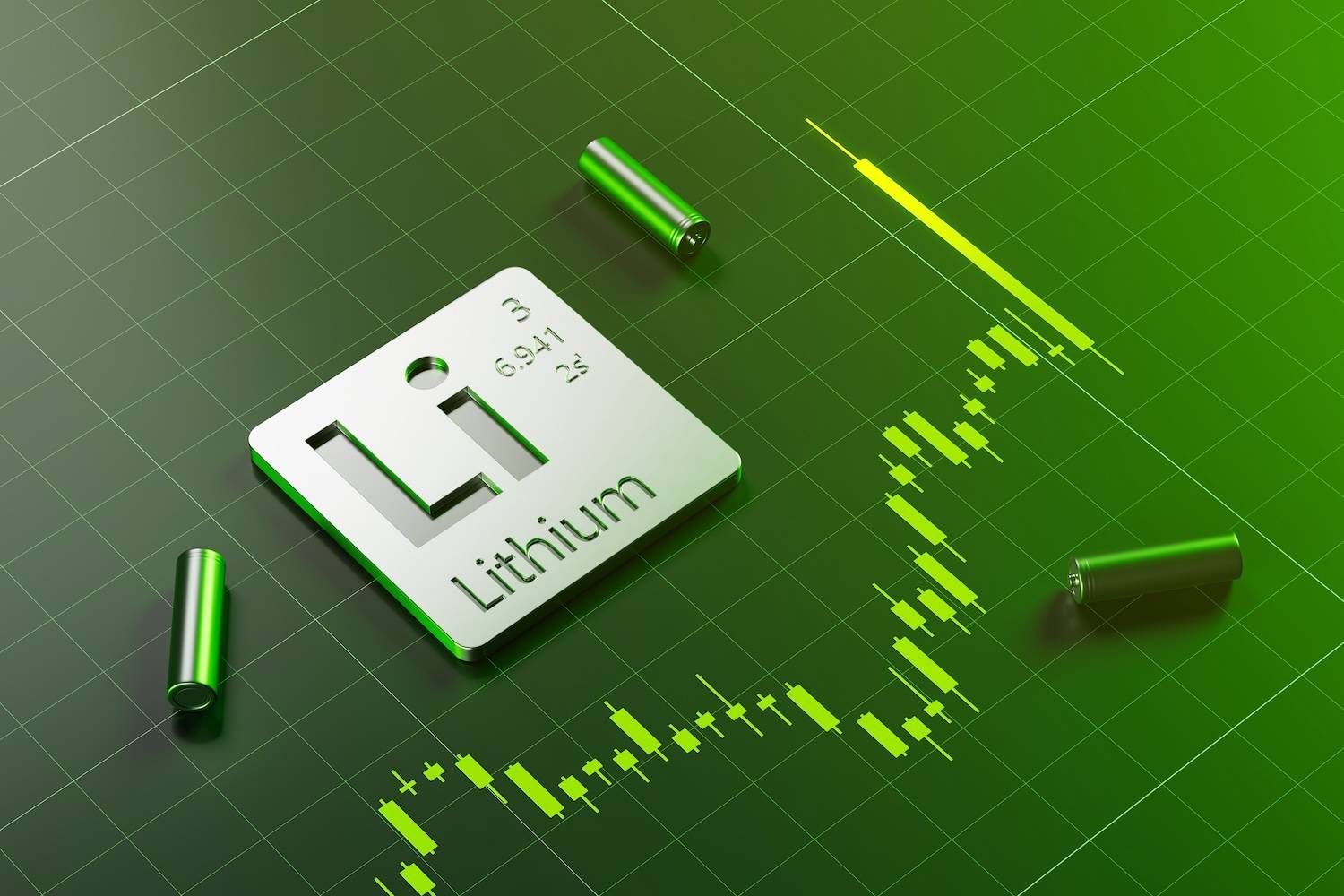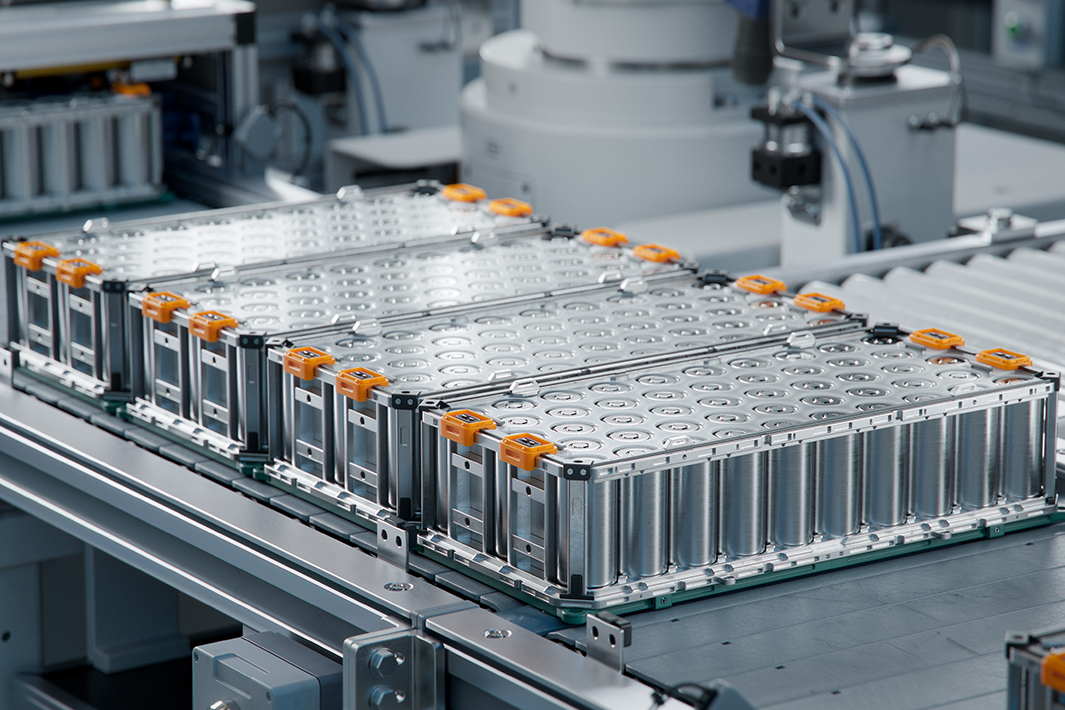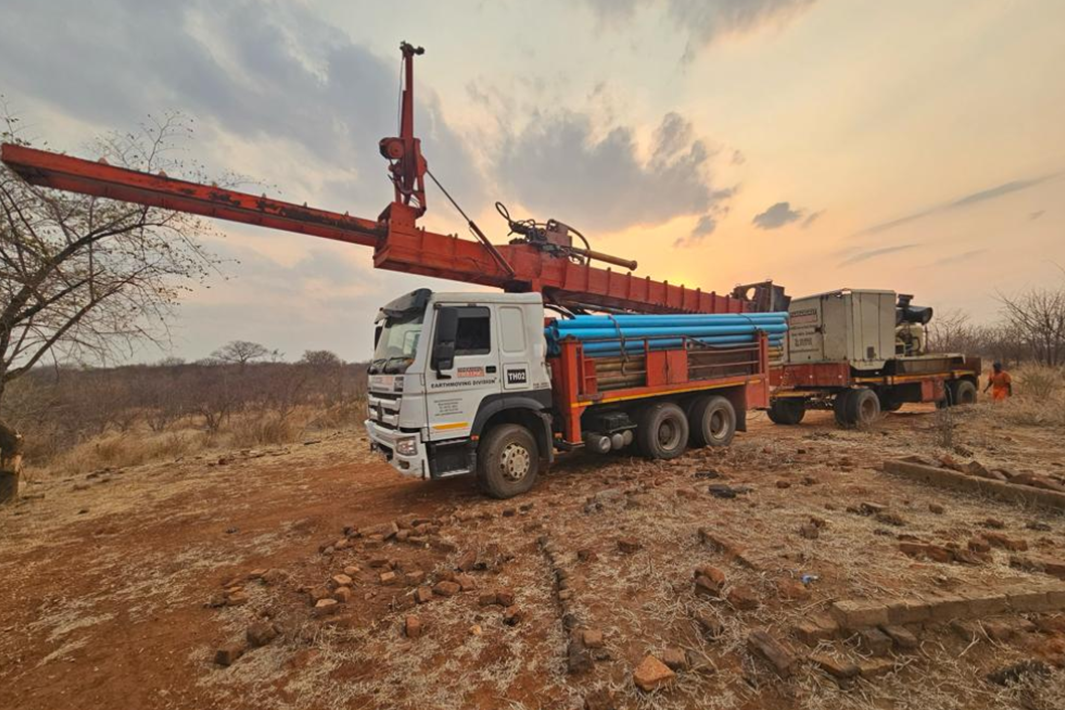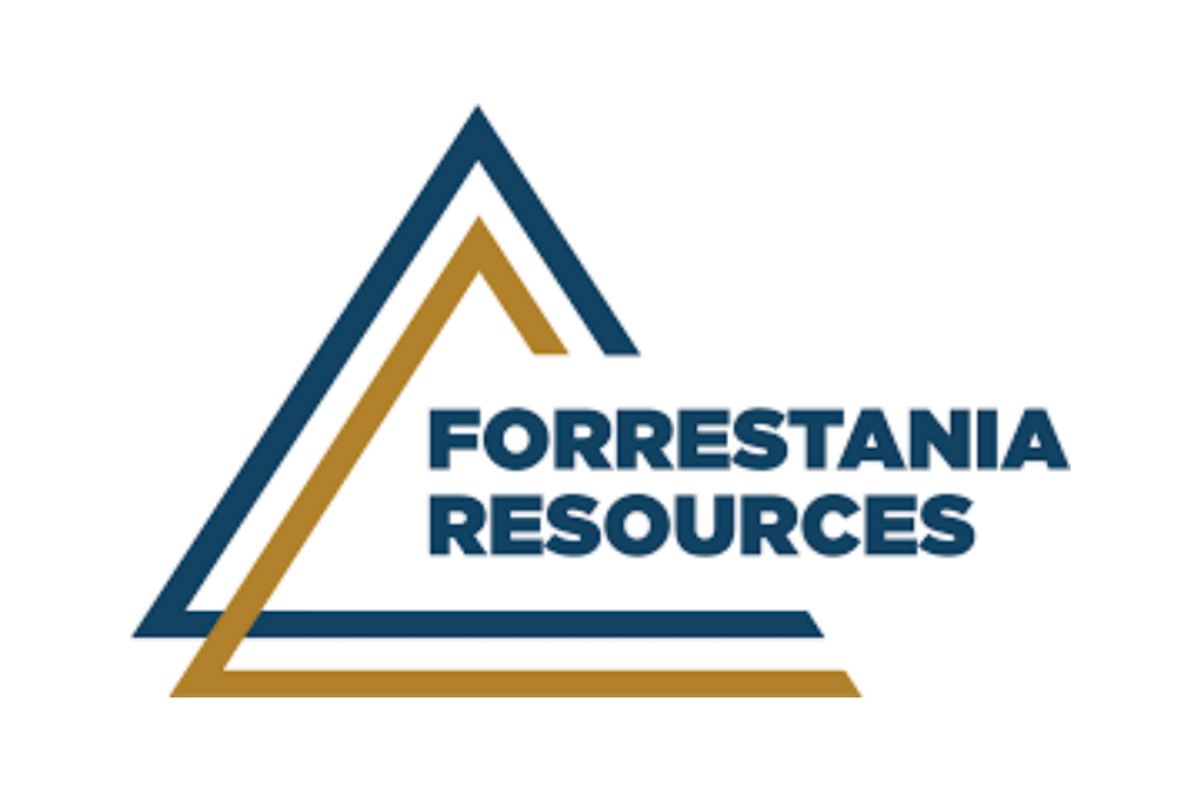
June 14, 2023
Forrestania Resources Limited (ASX:FRS) (Forrestania or the Company), is pleased to announce that it has executed a drilling contract for a lithium-focussed RC drilling programme at its flagship Forrestania Project. The RC drill rig has arrived on site and drilling is due to commence imminently.
Highlights
- RC drill rig on site with lithium-focussed drilling to commence at Forrestania.
- RC drill programme for an initial 3000 - 4000m at three high priority targets, including a maiden drilling programme at the highly promising Calypso prospect.
The RC drilling programme for up to 4,000m will test targets at three of the company’s high priority lithium targets:
Calypso – maiden drilling programme to define the extents of and investigate whether pegmatites identified from mapping and historic drilling1 host lithium mineralisation.
South Iron Cap East – following up on the highly encouraging geochemistry returned from pegmatites intersected in the company’s previous drilling campaign2.
Giant - testing the down-dip extent of high-grade lithium mineralisation (10m @ 1.49% Li2O) which was intersected in the company’s previous drilling campaign2. Additionally, the strike continuation of the Giant pegmatite body will be tested to the south.
Forrestania Resources MD Michael Anderson commented:
“We are extremely excited to see what this latest drilling programme will uncover across three of our highest priority targets. The drilling represents a carefully refined and targeted programme – a testament to our exploration strategy which is continually being optimised through results analysis, investigation into historic data and observations in the field. We remain confident that the Forrestania project remains highly prospective for a significant lithium discovery”.
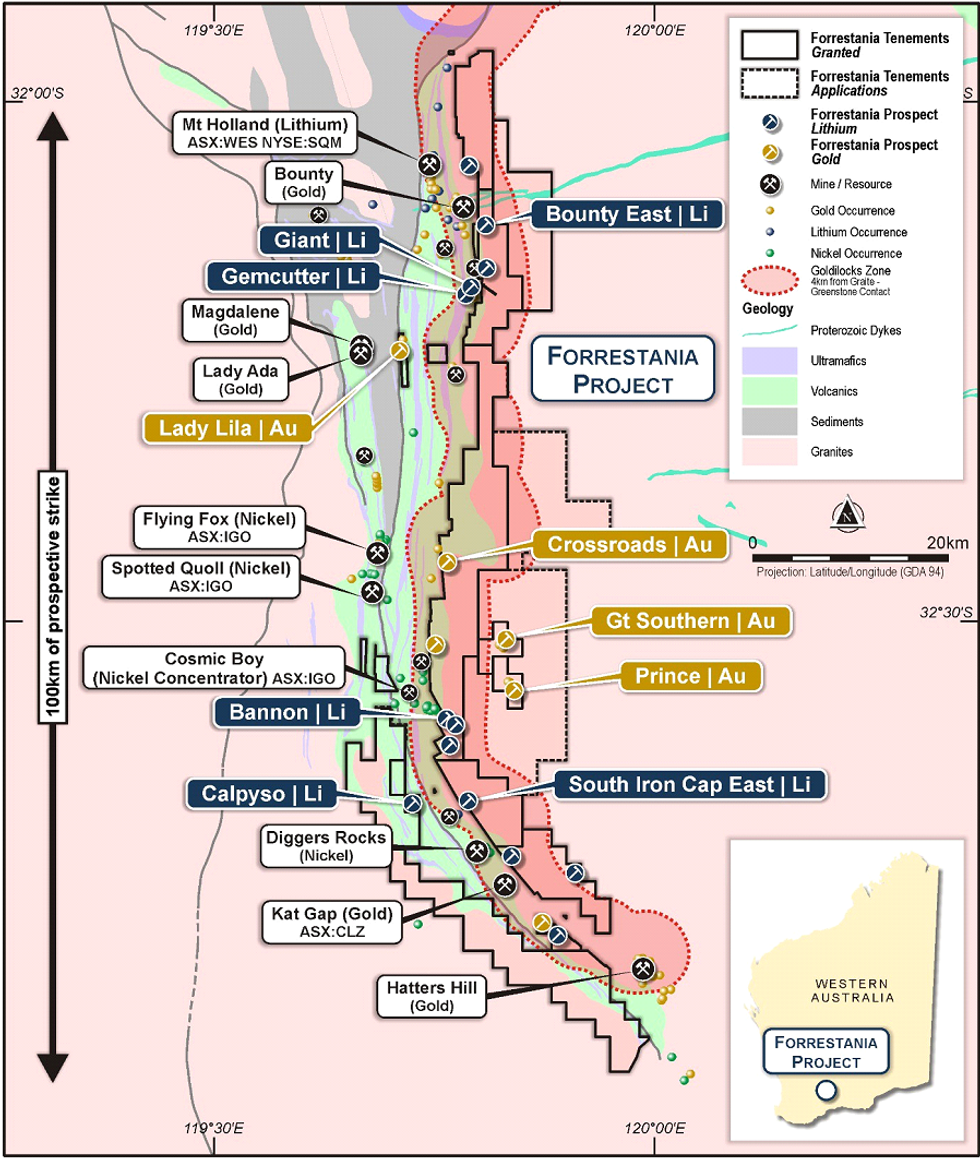
Discussion
The company is eagerly anticipating its maiden drilling programme at Calypso, as it holds the belief that the project possesses all the right criteria for a potentially significant lithium discovery. This includes the following which was detailed in the company’s announcement ‘Pegmatite identified at new Calypso prospect’ dated 29th November 2022:
- Favourable geological setting – the prospect is located in the Forrestania greenstone belt and overlies ultramafic and mafic rocks which are interpreted to be the preferential host for pegmatite intrusions. Additionally, Calypso occurs within 4.5km of South Ironcap (Figure 2) where Western Areas (now IGO) previously reported a significant intercept of 50m @ 0.95% Li2O.3
- Promising soil geochemistry – the area shows well-defined anomalism for key lithium pathfinder elements: beryllium (see Figure 3) and rubidium. The anomaly trends in a north-west, south-east orientation over a length of ~1.4km and a width of ~440m1 and is consistent with an underlying ultramafic unit1.
- Outcropping pegmatite - pegmatite rock chips1 (FR001306 and FR001307 – see figure 3) were identified during mapping and soil sampling. The samples exhibit a mineral assemblage of quartz, feldspar, tourmaline and muscovite; considered a typical mineral assemblage of fractionated pegmatites.
- Pegmatite intercepts in historic drilling (untested for lithium) – there is a line of historic air core drilling which crosscuts the Calypso prospect1 (Figures 2 - 3). The historical aircore drill holes were drilled in 2005 by LionOre Australia Pty Ltd to test the source of aeromagnetic highs. Historic logs report the intersection of numerous pegmatites and granitoids within the regolith profile. The nature of the intercepts appear somewhat flat lying in cross-section (Figure 4) with some intercepts not closed out.
The upcoming drilling will aim to validate and extend the historic pegmatite intercepts with deeper RC drill holes along the same drill line. Additionally, the extent of the pegmatite body will be fully tested along strike of the anomalous soil trend.
Click here for the full ASX Release
This article includes content from Forrestania Resources, licensed for the purpose of publishing on Investing News Australia. This article does not constitute financial product advice. It is your responsibility to perform proper due diligence before acting upon any information provided here. Please refer to our full disclaimer here.
The Conversation (0)
29 December 2025
SQM, Codelco Seal Landmark Lithium Joint Venture in Salar de Atacama
Sociedad Quimica y Minera (SQM) (NYSE:SQM) and Codelco have finalized their long-awaited partnership, forming a new joint venture that will oversee lithium production in Chile’s Salar de Atacama through 2060.SQM announced on Saturday (December 27) that it has completed its strategic partnership... Keep Reading...
24 December 2025
Altius Minerals to Expand Portfolio with C$520 Million Lithium Royalty Deal
Altius Minerals (TSX:ALS,OTCQX:ATUSF) is making a bet on a lithium market recovery, agreeing to acquire Lithium Royalty (TSX:LIRC) in a C$520 million deal that will expand its exposure to battery metals.Under a definitive agreement announced by the two companies on Monday (December 22), Altius... Keep Reading...
23 December 2025
Liontown's First Tjiwarl Member Completes Apprenticeship at Kathleen Valley
Liontown (ASX:LTR,OTC Pink:LINRF) has reached a milestone at its Kathleen Valley operations, with Vaughan Harris becoming the first Tjiwarl community member to complete an apprenticeship with the company.“Being the first Tjiwarl apprentice to complete an apprenticeship here at Liontown feels... Keep Reading...
22 December 2025
Lithium Market 2025 Year-End Review
The global lithium market endured a bruising 2025, with persistent oversupply and softer-than-expected electric vehicle (EV) demand driving prices for the battery metal to multi-year lows.Lithium carbonate prices in North Asia slipped below US$9,550 per metric ton in February — their weakest... Keep Reading...
11 December 2025
Mining the Gap: 5 Forces Shaping North America’s Lithium Supply Chain
A convergence of industry investments, government initiatives and a shifting global trade dynamic is creating an environment ripe for the development of a North American battery supply chain, with lithium playing a leading role. These trends are reshaping the region’s industrial base and opening... Keep Reading...
10 December 2025
Rock Bottom: Strategic Window for Ground-level Lithium Investment
When lithium prices hit bottom, savvy investors know that’s exactly where the next big discovery begins — literally. Beneath the surface of global markets and remote exploration grounds, new opportunities are forming in the wake of a sharp price reset and renewed geopolitical urgency.Recent... Keep Reading...
Latest News
Interactive Chart
Latest Press Releases
Westport Announces Board of Directors Update
02 January
Related News
TOP STOCKS
American Battery4.030.24
Aion Therapeutic0.10-0.01
Cybin Corp2.140.00



